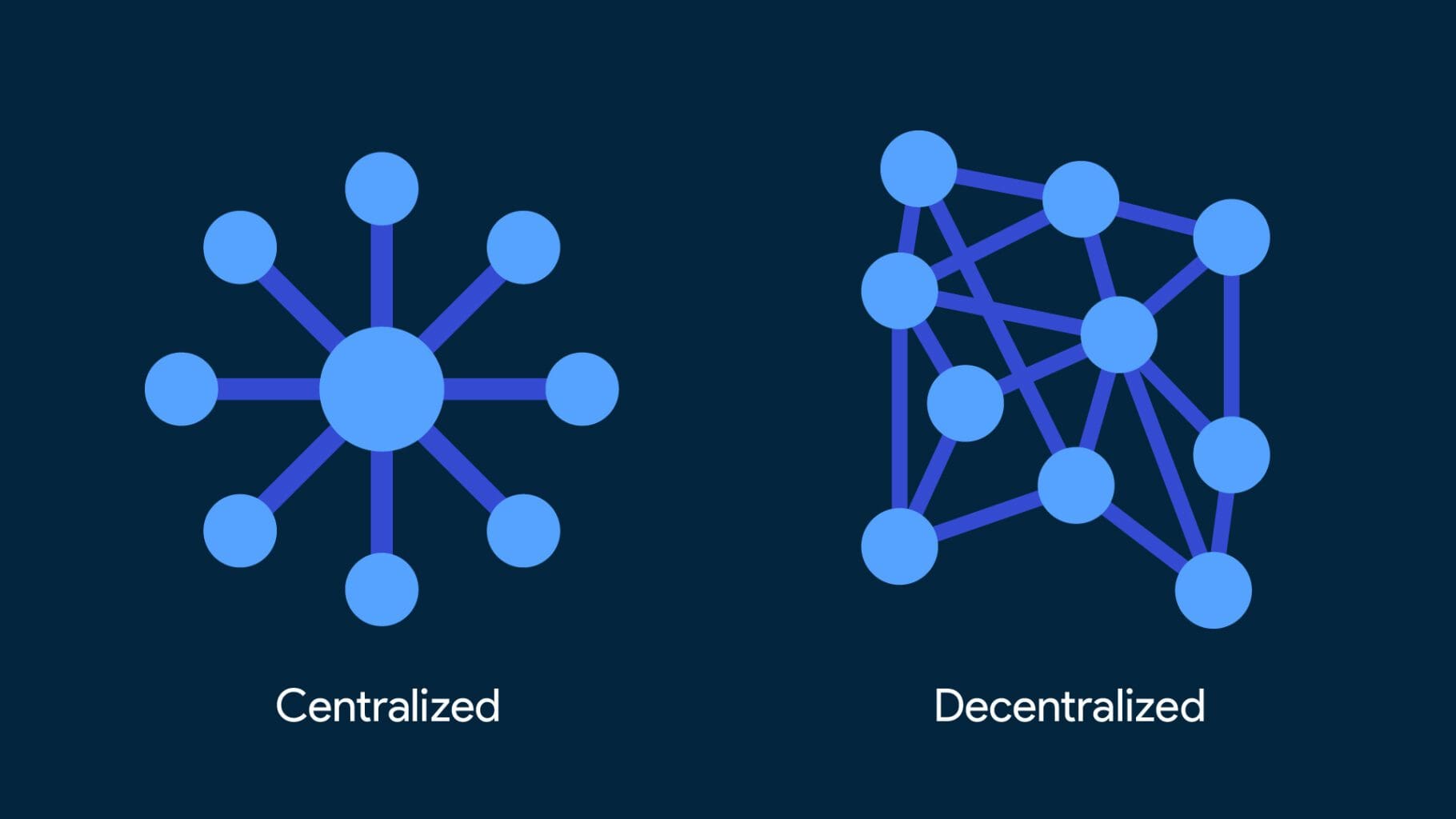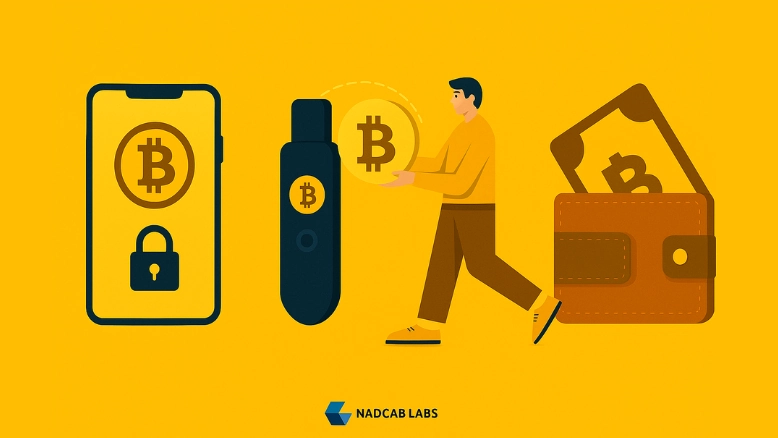
Centralized and decentralized systems are two different ways of managing digital networks. In a centralized system, one main authority controls everything, while in a decentralized system, control is shared among many users. Today, more people and businesses are choosing decentralized systems for better privacy, control, and transparency. That’s why Decentralized Exchange Development is becoming more popular, giving users more freedom over their data and digital assets.
What is the centralized network?
A centralized digital network is one in which a central authority controls the network. The authority can be an individual or a group of individuals or a corporation. Typically centralized authorities are responsible for maintaining the network, managing users, and stabilizing rules and regulations.
The architecture of a centralized network is built around a single server where all the signature processes run, when the server fails, the network goes down. Many digital platforms like Facebook and YouTube that we interact with in daily life are centralized. In contrast, users are now turning to Decentralized Exchange Software Development to overcome such limitations.
How does a centralized network work?
In a centralized network, a central server handles the major data processing and network management functions. These servers are responsible for storing all the data and running all the processes on the network. It may be located at a single signal location or at multiple locations. There may be spread.
Workstations within the network that have low processing power are connected to a central server, instead of performing specific functions such as (data storage application utilities) directly, these workstations submit their requests to the main server for processing. This is different from how DEX Development Services operate, where control is more balanced among all participants.
Decentralized network
A decentralized digital network is not controlled by a central authority; instead, control is distributed among the users. There is no single server command point, but the network operates on a P2P basis, where each user has power and responsiveness.
A great example of a decentralized network is the Internet itself, which is not controlled by a single authority but is distributed among its users. However, some people believe that due to the monopoly of big names like Google, Facebook, and WordPress, the internet is moving towards centralization.
In response to this shift, Decentralized Exchange platforms are gaining popularity as they offer more freedom and control to the users.
How does a Decentralized network work?
In a decentralized network, even if one of the master notes fails, the ground server can continue to provide data access to the users synchronously and the network will continue to function without distraction.
Decentralized networks use cryptography to guarantee the security of the data ledger because the data in a crypto block must be validated using cryptography or depends on an adjacency block, thus making the data incredibly secure. These features are at the core of Decentralized Exchange Development , making systems safer and more user-driven.






